FLASHCARDS - AP CALCULUS BC
1/53
There's no tags or description
Looks like no tags are added yet.
Name | Mastery | Learn | Test | Matching | Spaced |
|---|
No study sessions yet.
54 Terms
Derivative of g(x) if f(x) and g(x) are inverses

Average value of f(x) on [a, b]
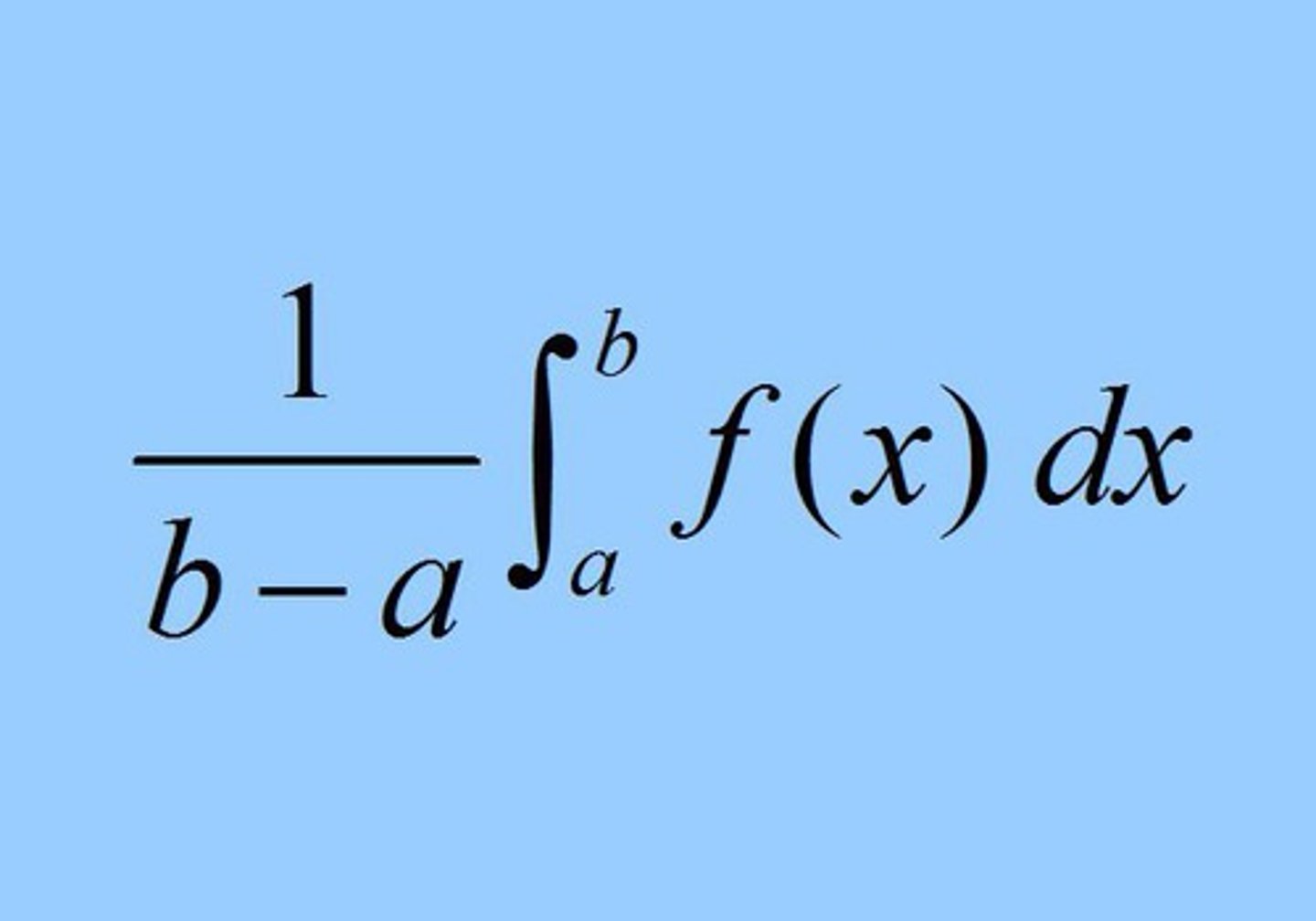
Arc Length - Parametric

Integral of sec(x)tan(x)dx
sec(x) + C
Root Test
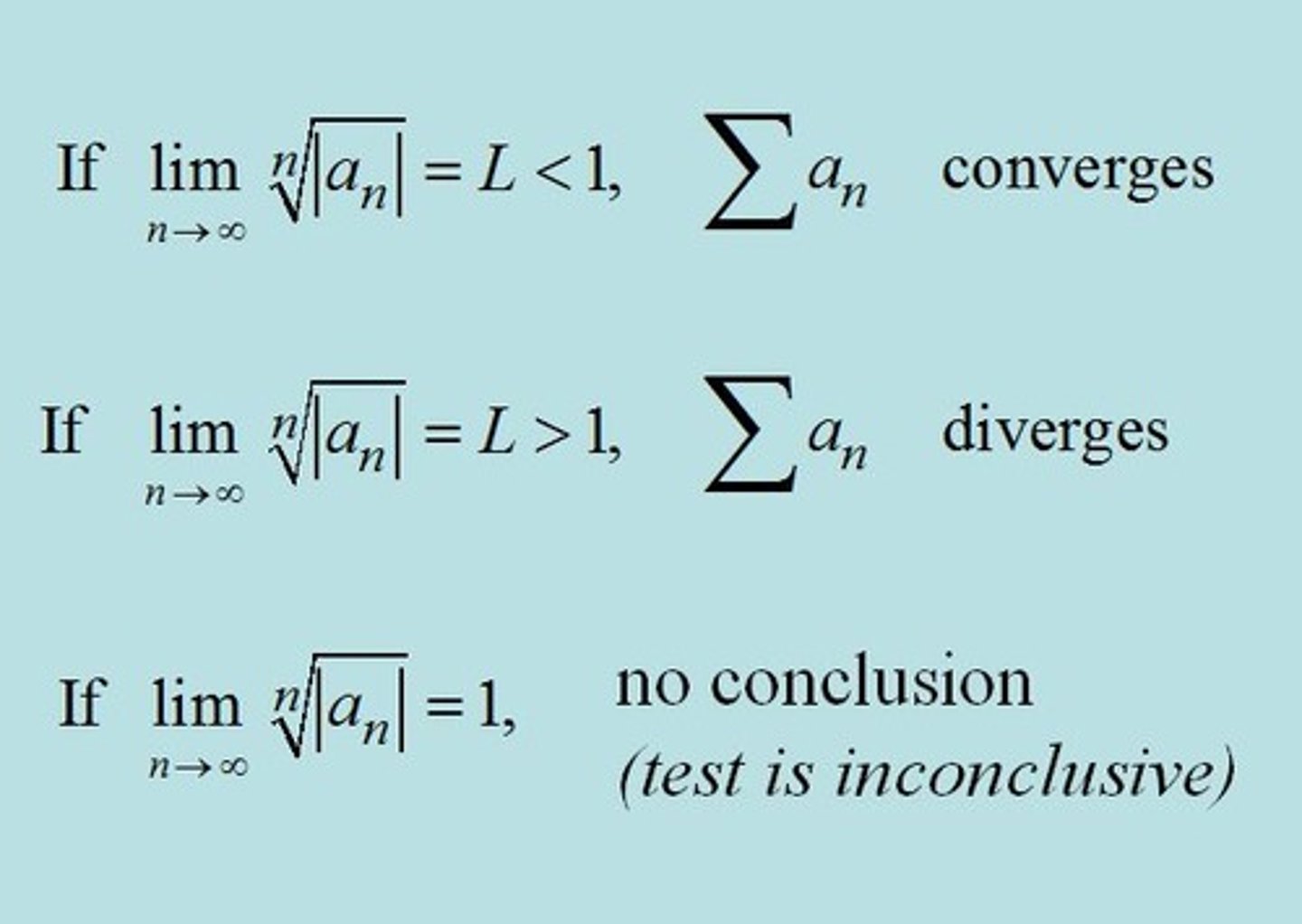
Given a graph of f'(x), when is f(x) INCREASING?
When f'(x) is POSITIVE
Direct Comparison Test
Less than a convergent converges; Greater than a divergent diverges
Average Rate of Change of f(x) on (a, b)
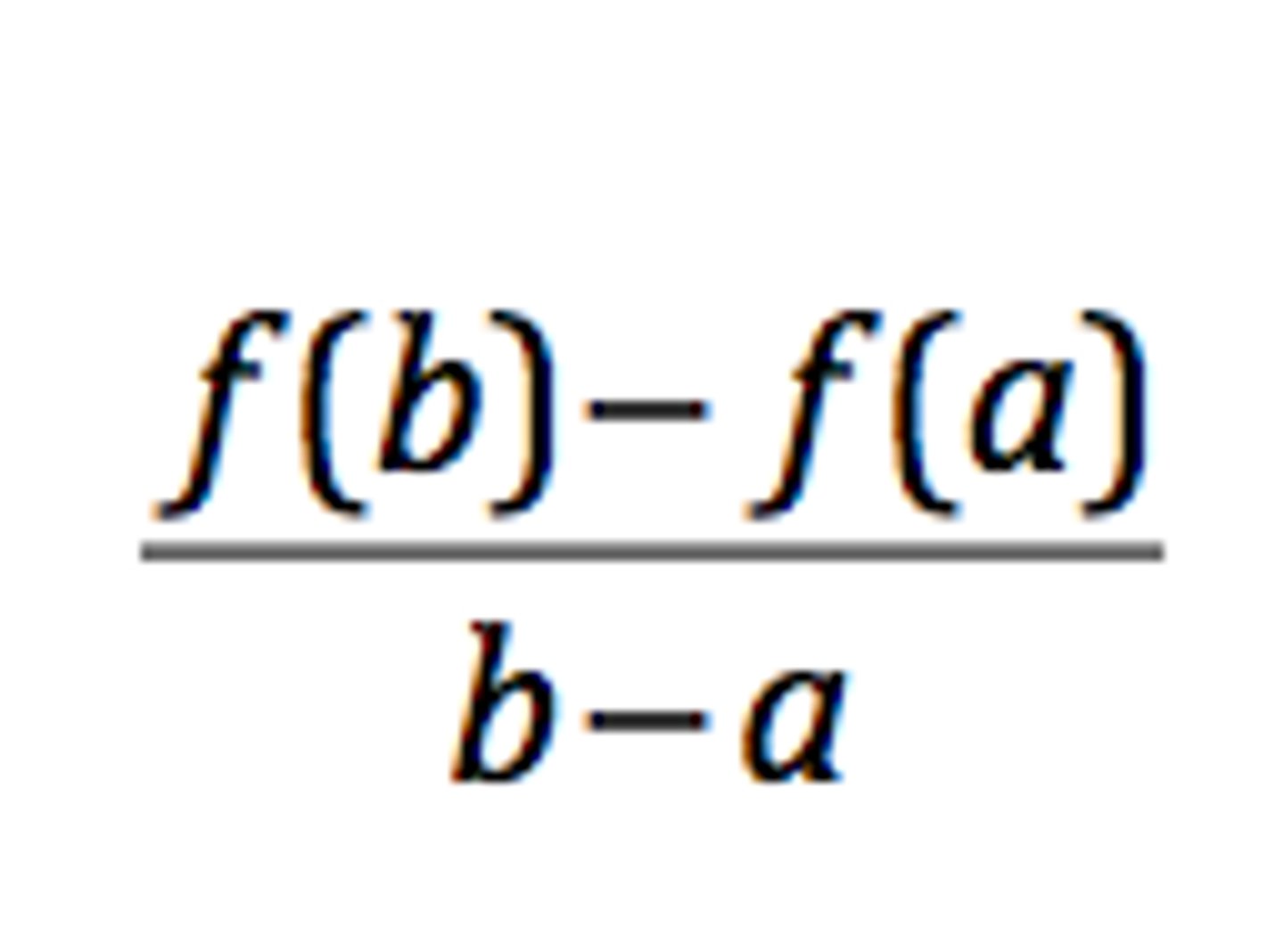
Integral of sin(x)dx
-cos(x)+C
1+x+x^2/2!+x^3/3!...
e^x
Area enclosed by a Polar Curve (from α to ß)
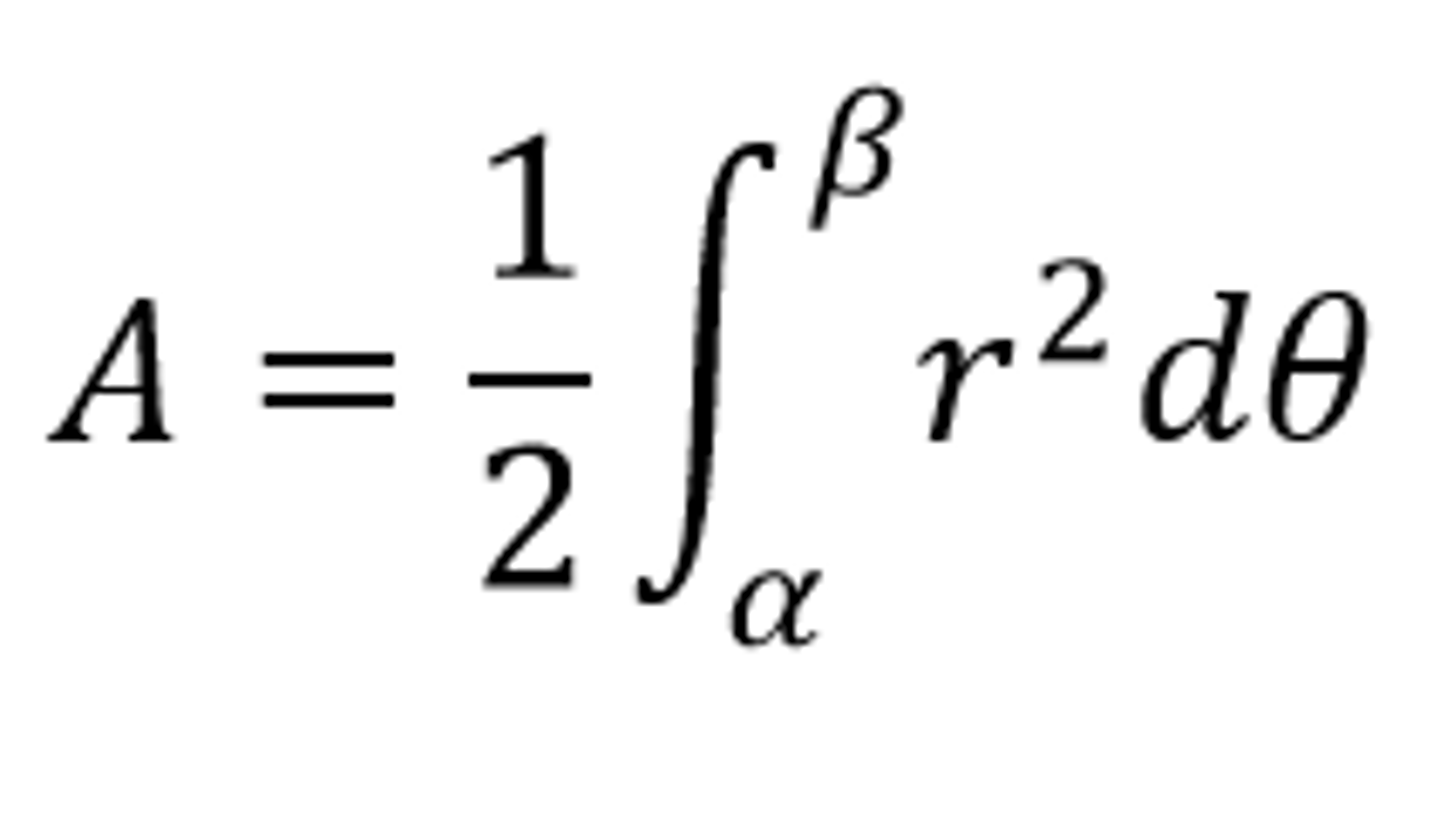
Integral of dx/x
ln|x| + C
Derivative of tan(x)
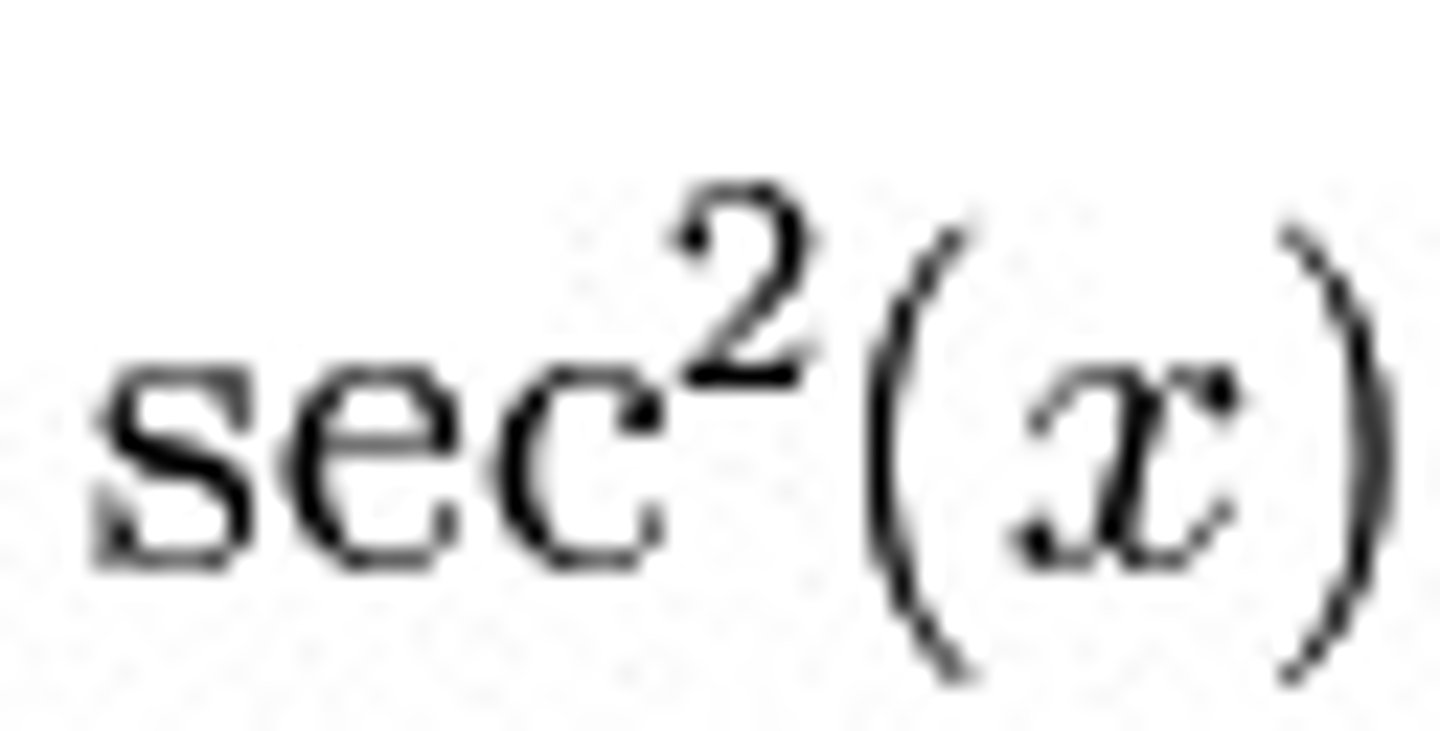
Euler's Method

Parametrics - Speed
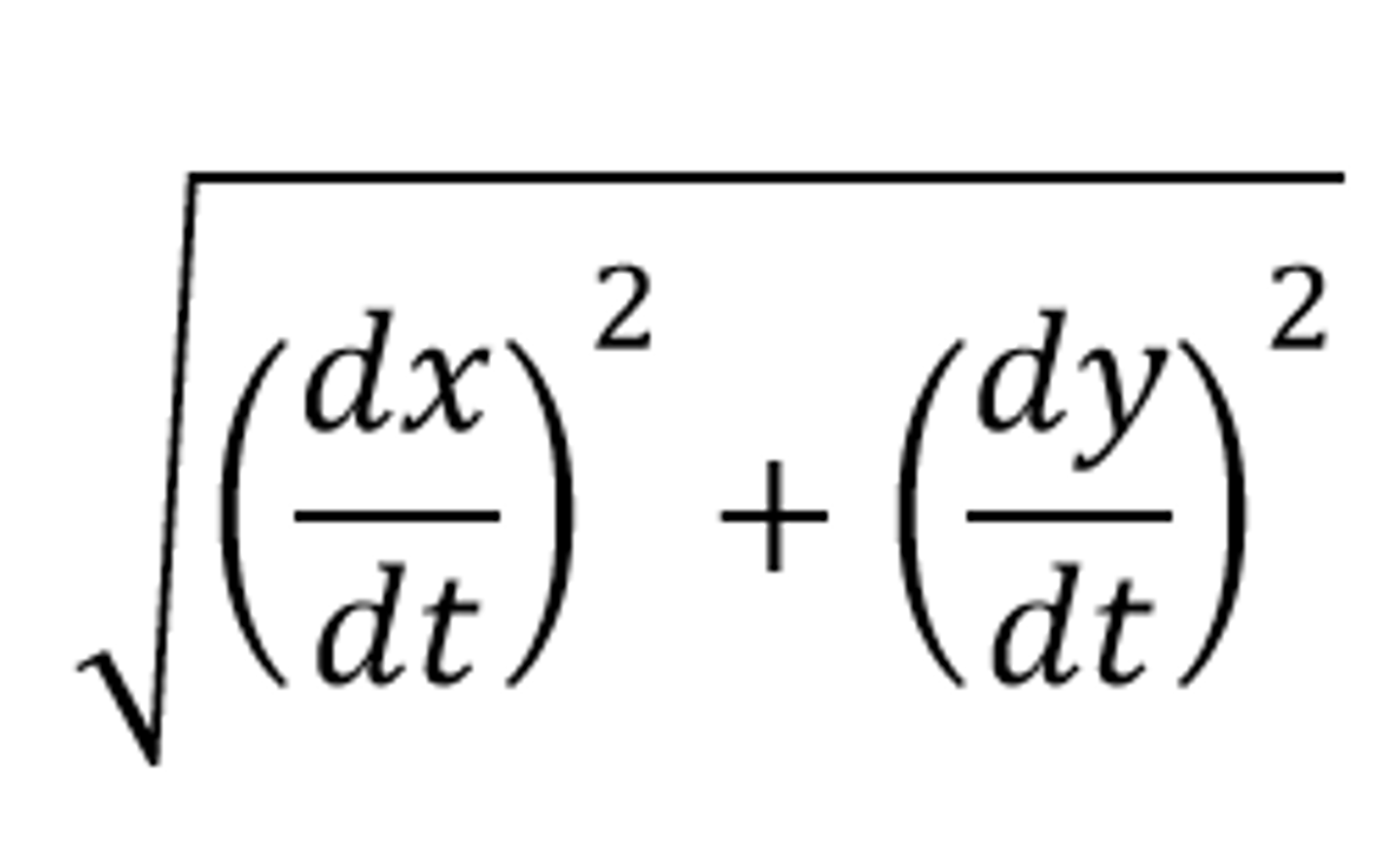
Integral of dx/sqrt(1-x^2)
arcsin(x)
Arc Length - Rectangular
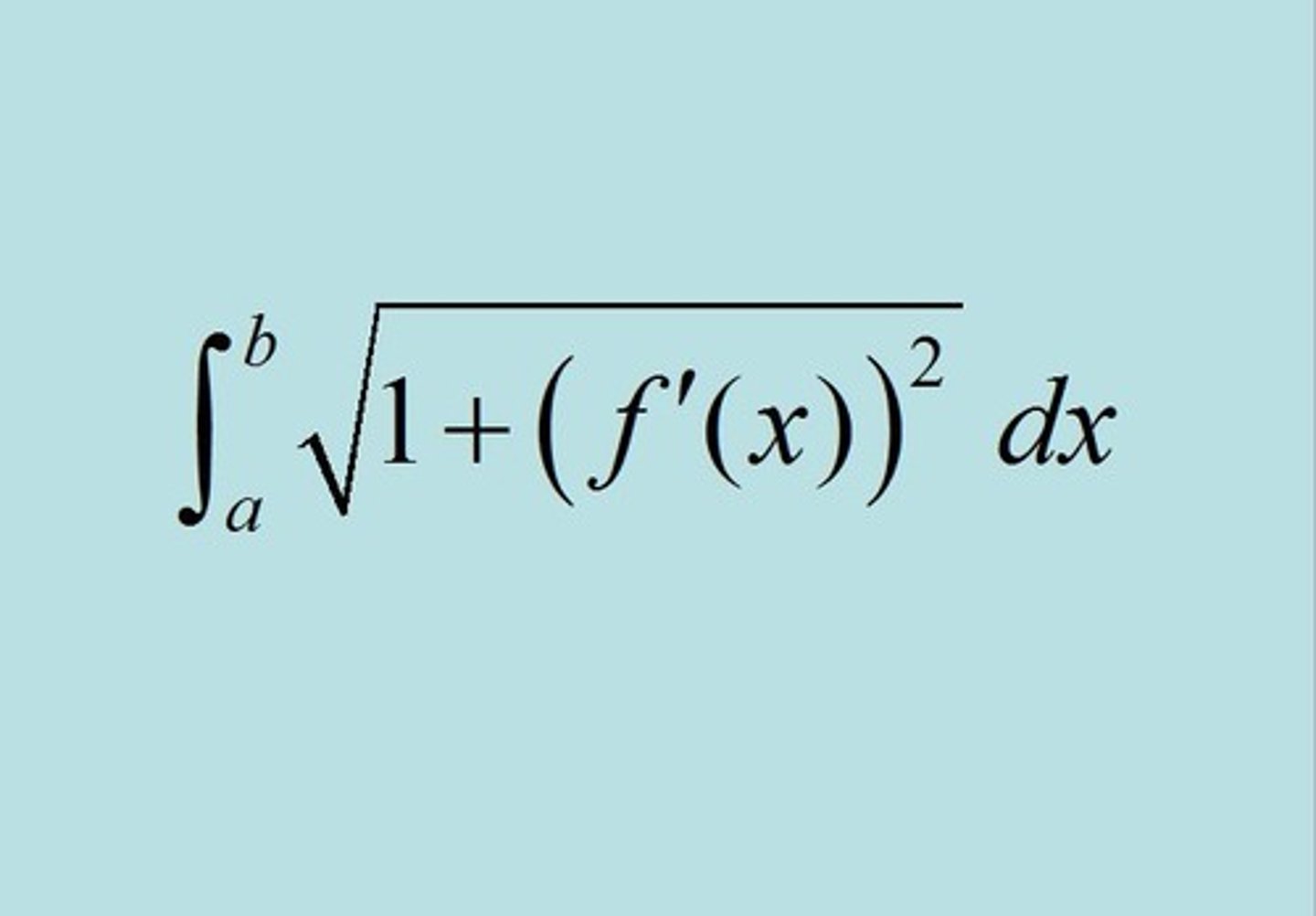
Converting from POLAR to RECTANGULAR
x=rcos(θ) y=rsin(θ)
Maclaurin Series for sin(x)

Maclaurin Series for 1/(1-x)

In the Logistic Model, for what value of P is P growing the fastest? (is dP/dt a maximum)
P = M/2
Derivative of arcsin(x)
1/√(1-x^2 )
Parametrics - Slope of Path
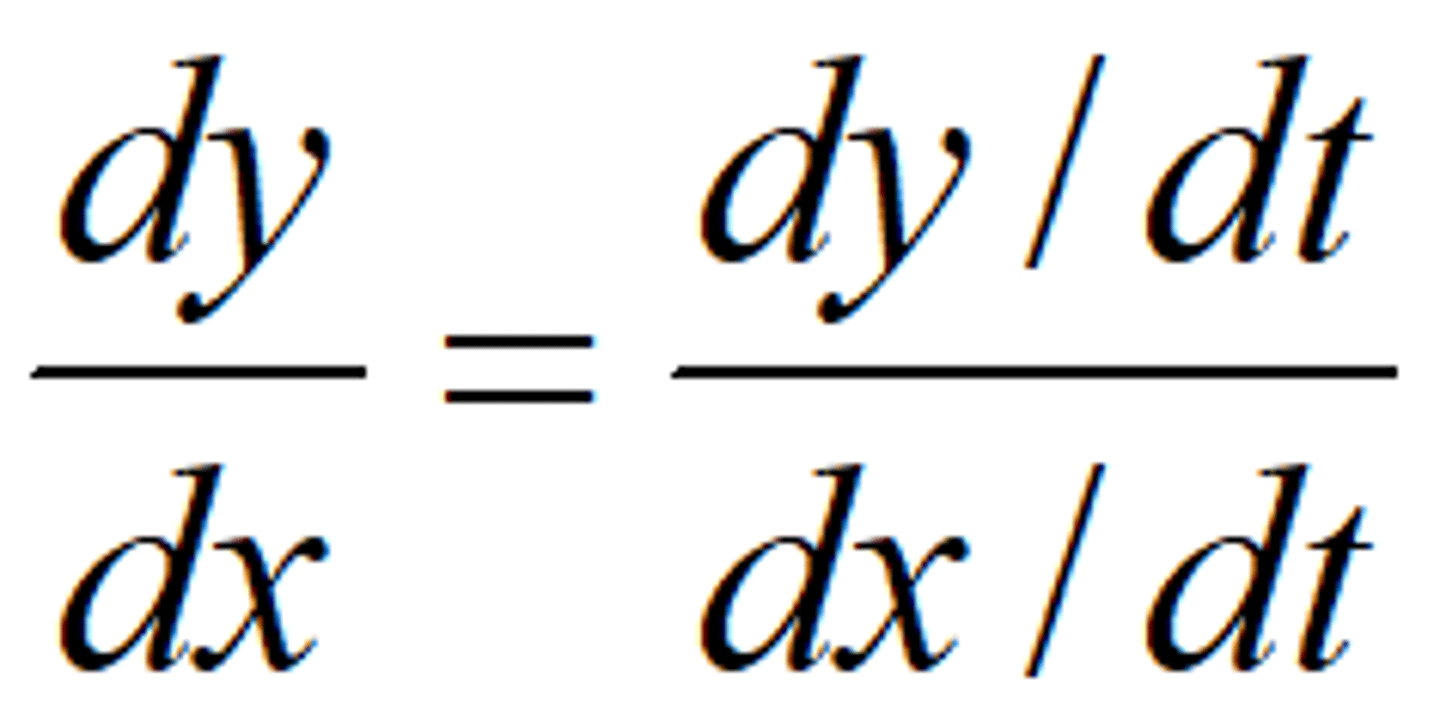
Derivative of sec(x)
Sec(x)tan(x)
Given a graph of f'(x), when does f(x) have a POINT OF INFLECTION?
When f'(x) has a min/max (or horizontal tangent)
Describe the nth term test for divergence

Geometric Series Test (and Sum)
If |r|<1, converges to initial/(1-r). If |r|≥1, diverges
Limit Comparison Test
if the limit as n approaches infinity of (given series/chosen series) is >0 and finite, the two series will DO THE SAME THING
Integral of sec^2(x)
tan(x)+C
Parametric Equations - Acceleration Vector

General formula of a Taylor Series

Parametrics - Velocity Vector

LaGrange Error Bound

Given a graph of f'(x), when is f(x) CONCAVE UP
When f'(x) is INCREASING
Alternating Series Error bound
|error|<1st neglected term
Slope of a Polar Curve

1-x^2/2!+x^4/4!+...
cos(x)
Alternating Series Test (3 conditions)
alternates, limit goes to 0, a_n+1 < a_n
integral of cos(x)dx
sin(x)
Derivative of sin(x)
cos(x)
Ratio Test
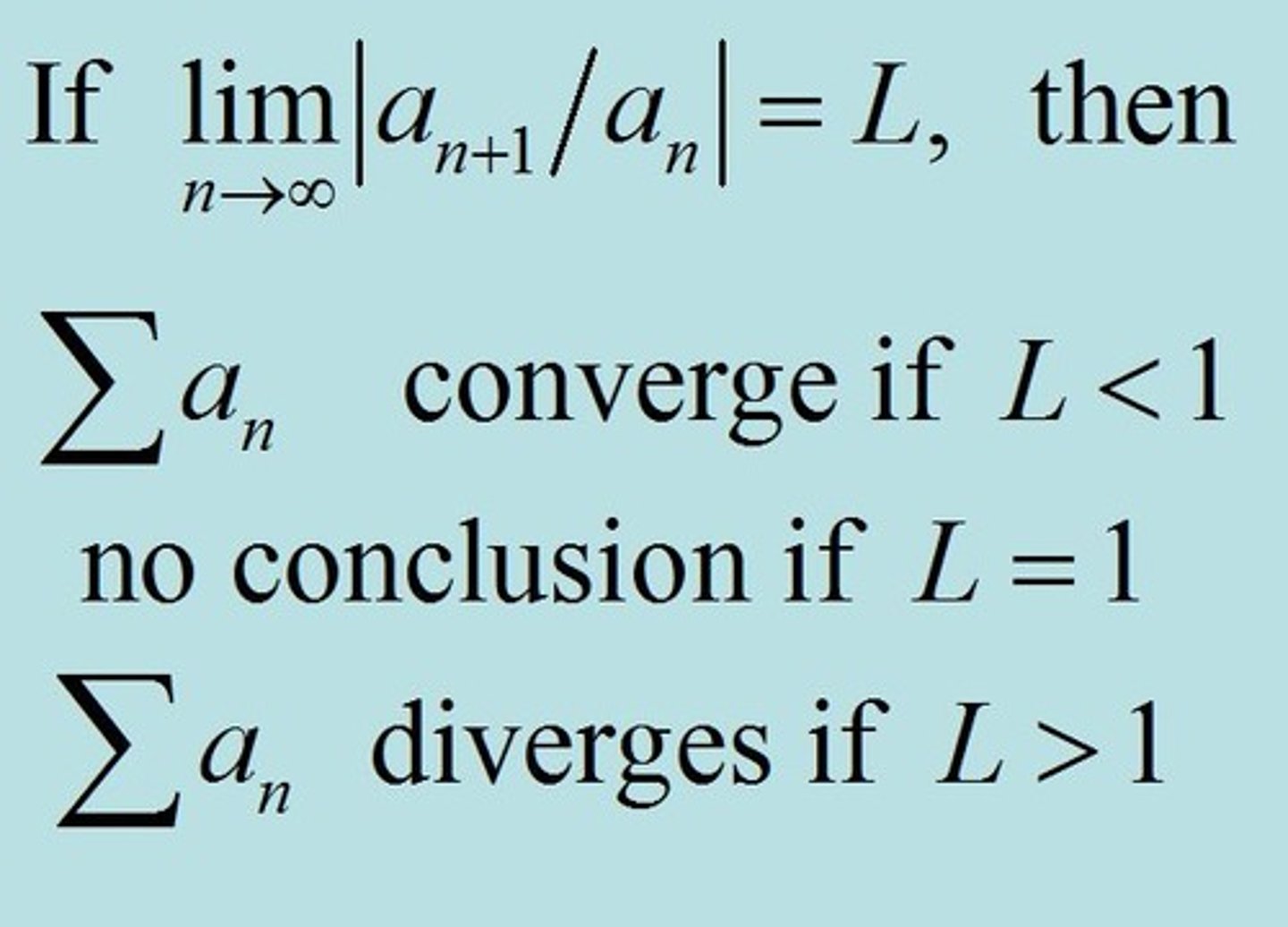
x-x^3/3!+x^5/5!+...
sin(x)
Given a graph of f'(x), when does f(x) have a min/max?
When f'(x) changes from negative to positive, positive to negative
Maclaurin Series for e^x

Logistic Model: what is the limit as t goes to infinity of P(t)?
M
P-series (sum of 1/n^p)
Converges if p>1, Diverges if p less than or equal to 1
Integral of dx/(1+x^2)
arctan(x)+C
Derivative of arctan(x)

SECOND DERIVATIVE of y with respect to x for Parametrics

1+x+x^2+x^3+....
1/(1-x)
Logistic Model (both forms dP/dt = )

Parametrics - when is the particle NOT MOVING?
both dx/dt=0 and dy/dt=0
Maclaurin Series for cos(x)

Derivative of cos(x)
-sin(x)